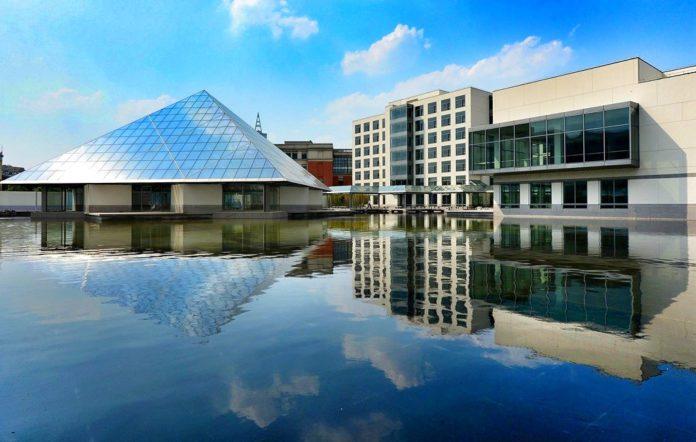For many young professionals, Asia’s thriving and dynamic business scene offers an unmissable chance to get a hands-on experience in some of the fastest-growing regions in the world. Four of the top five most populous nations on earth are located in this region, and the talent war that McKinsey first described in 1997 now includes the training of the next generation of business leaders for digital transformation and AI-driven innovation. Twenty-five years later, Asia is rising to the challenge with an increasing number of top-notch business schools. Below are a few of the hottest MBA programs in the region.
Here Are Some Of Asia’s Finest MBA Programs
1. Asia School Of Business
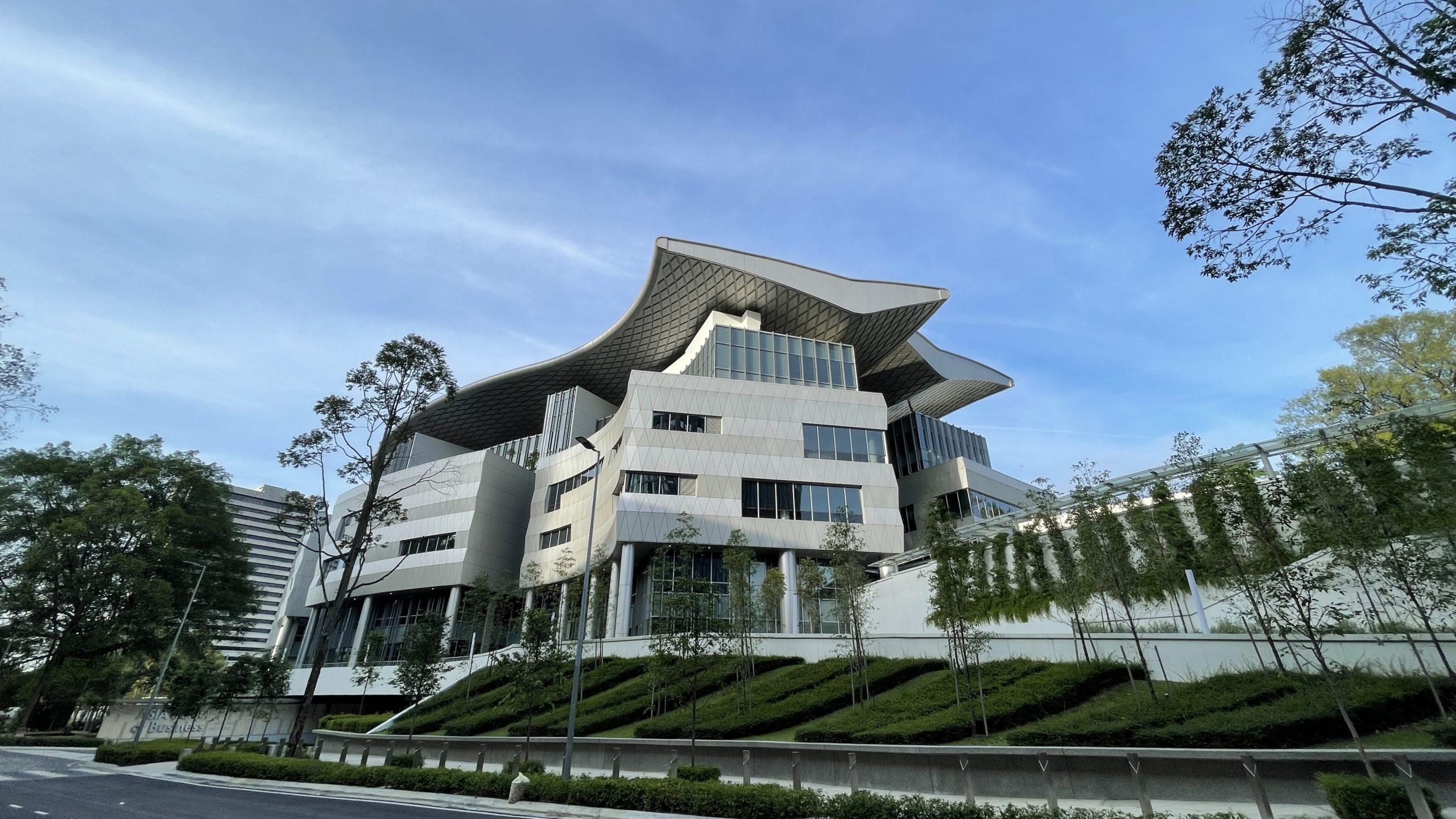
Tuition fees: 150,000 Malaysian Ringgits ($33.5K)
Class size: 40 students
Program duration: 12 months
Among the top business schools in the area, Asia School of Business (ASB) provides an MBA program that is both innovative and reasonably priced. The school, which has its headquarters in Kuala Lumpur, one of the most multicultural cities in the world, was established in partnership with MIT Sloan and Bank Negara Malaysia, the nation’s central bank. Students gain from a kind of instruction that Poets&Quants refers to as “experiential learning on steroids,” which results in a very unique but enlightening time in class.
2. China Europe International Business School (CEIBS)
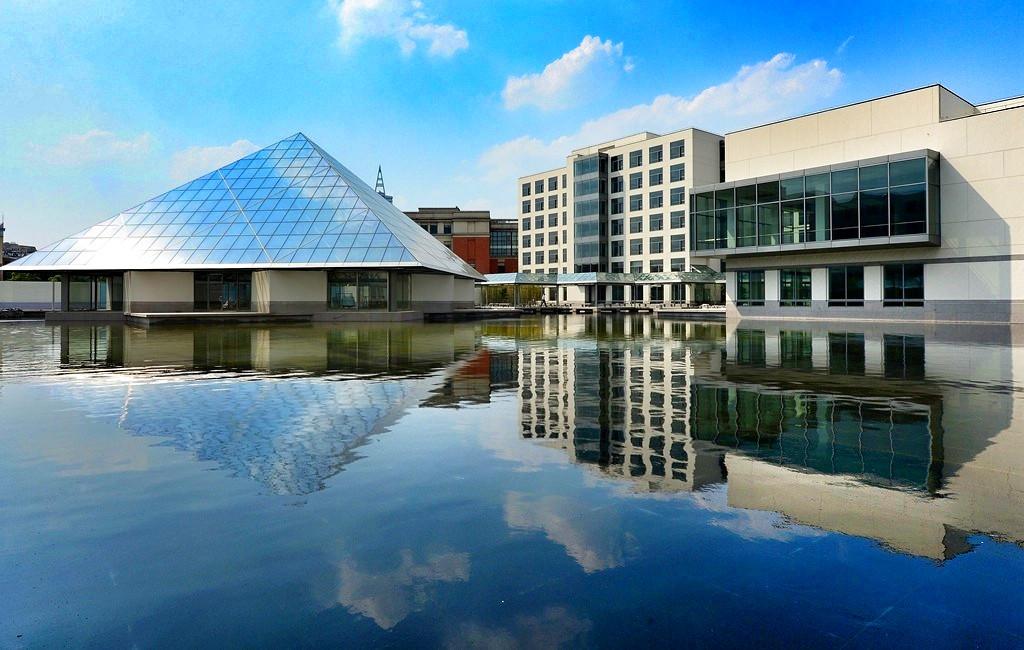
Tuition fees: 468,000 Yuan ($68K)
Class size: 133 students
Program duration: 16 months
The European Union and the Chinese government jointly founded CEIBS in 1994 with the goal of realizing the concept of “China Depth, Global Breadth.” The school gives students a strong foundation with enough flexibility in course design to allow them a springboard into whichever career path they choose by offering a full-time MBA program spanning 16 months. The CEIBS MBA has quickly advanced in the top rankings and is currently a consistent presence in the top 20 of the Financial Times Global MBA Ranking. While the proportion of international students has decreased due to the epidemic, it is anticipated that they will once again make up more than 35% of the MBA Class of 2023.
3. INSEAD
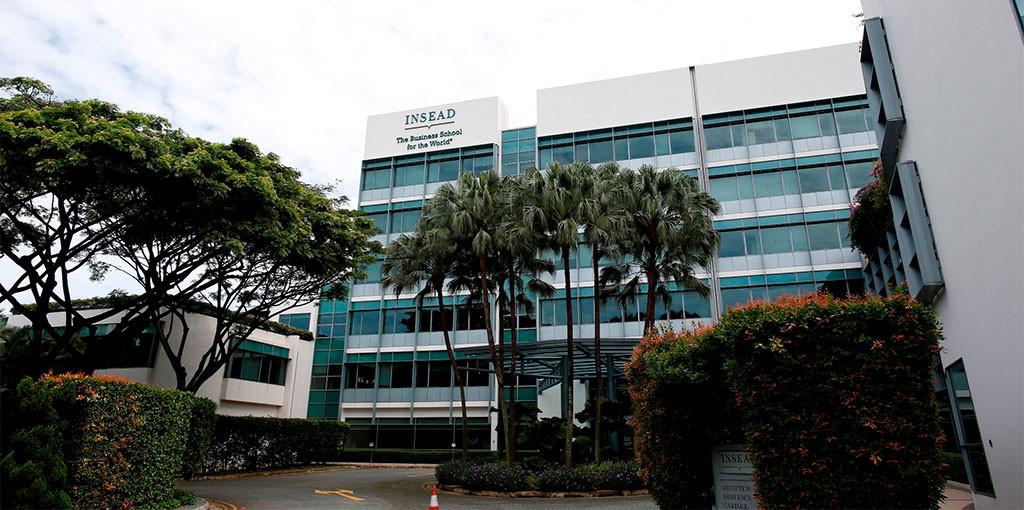
Tuition fees: €97,000 ($104K)
Class size: 1,000 students
Program duration: 10 months
Since the late 1950s, INSEAD has welcomed students. With three campuses located in Europe, Asia, and the Middle East, it has increased its global presence over the course of more than 60 years. The school takes pleasure in offering a diverse, international experience; up to 80 different nationalities have participated in its programs, and in recent years, the proportion of female applicants has increased to over 40%. It advertises itself as The Management School for the World and encourages its students to immerse themselves in a variety of cultural and commercial settings.
4. Indian School Of Business
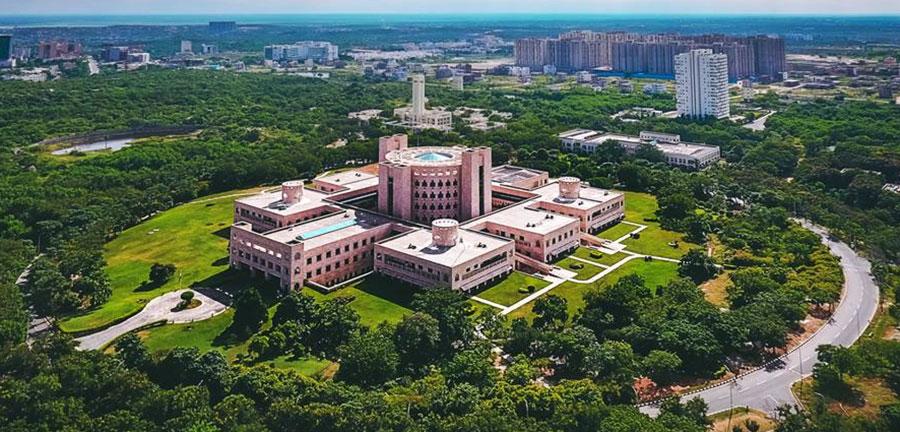
Tuition fees: 4,163,000 Rupees ($51K)
Class size: 934 students
Program duration: 12 months
The founding senior executives at McKinsey established the support of Wharton and Northwestern Kellogg when the Indian School of Business launched a little more than 20 years ago in order to establish a world-class business school in Asia and foresee the leadership requirements of emerging Asian economies. The Post Graduate Programme (PGP), a global MBA equivalent, provides students with a degree taught by some of the top professors in the world. It is intended to teach students how to work well in teams, develop critical thinking skills, and improve their communication skills. The objective is to create the next generation of morally upright business leaders.
5. National University Of Singapore
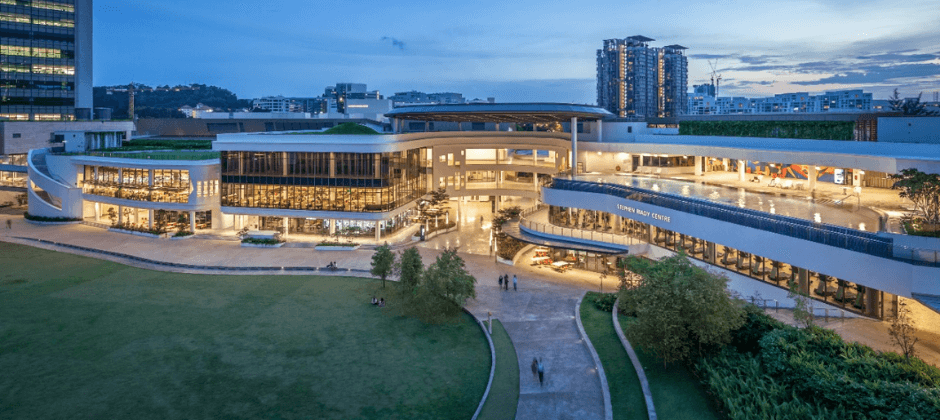
Tuition fees: 91,090 Singapore Dollars ($68K)
Class size: 120 students
Program duration: 17 months
The National University of Singapore Business School is situated in a strong local business ecosystem with a significant impact on the global arena, similar to other institutions on this list. Singapore, which has a population of five million and has four official languages (English, Malay, Mandarin, and Tamil), is the only real sovereign city-state in the world. This only scratches the surface of the university’s thriving multicultural environment, which makes it an excellent choice for students hoping to pursue pan-Asian careers. Particularly given that more than 4,000 international corporations, such as Google, Facebook, and Procter & Gamble, all choose to locate their Asia Pacific headquarters in Singapore.
6. Shanghai University Of Finances and Economics
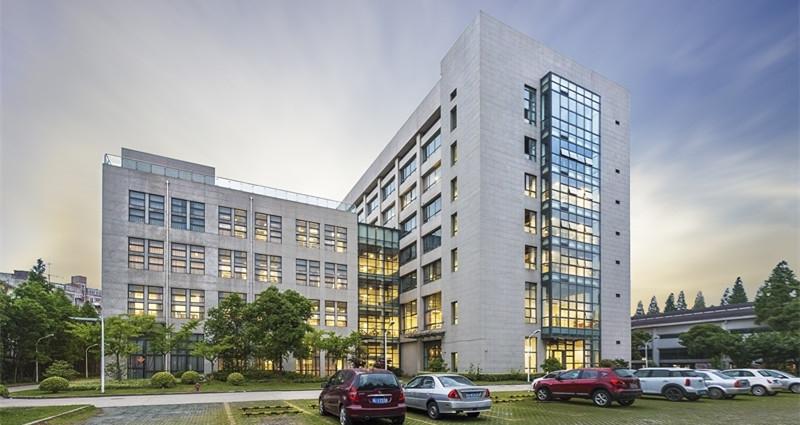
Tuition fees: 288,000 Yuan ($41.5K)
Class size: 6,300 students
Program duration: 24 months
SUFE’s ascent through the rankings to claim the top spot in the Asia Pacific area as rated by Bloomberg and exploding onto the Financial Times global MBA ranking tied for 23rd with the University of Cambridge Judge Business School would be best described as meteoric. The Nanjing Higher Normal School’s business program began there in 1917, and it took almost 70 years of gradual development for the school to reach its current state. The university has been jointly developed by the Ministries of Education, Finance, and the Shanghai Municipal People’s Government since 2000 with the goal of establishing its status as a world-class study institution with a focus on finance and economics.
7. University Of Hong Kong (Business School)
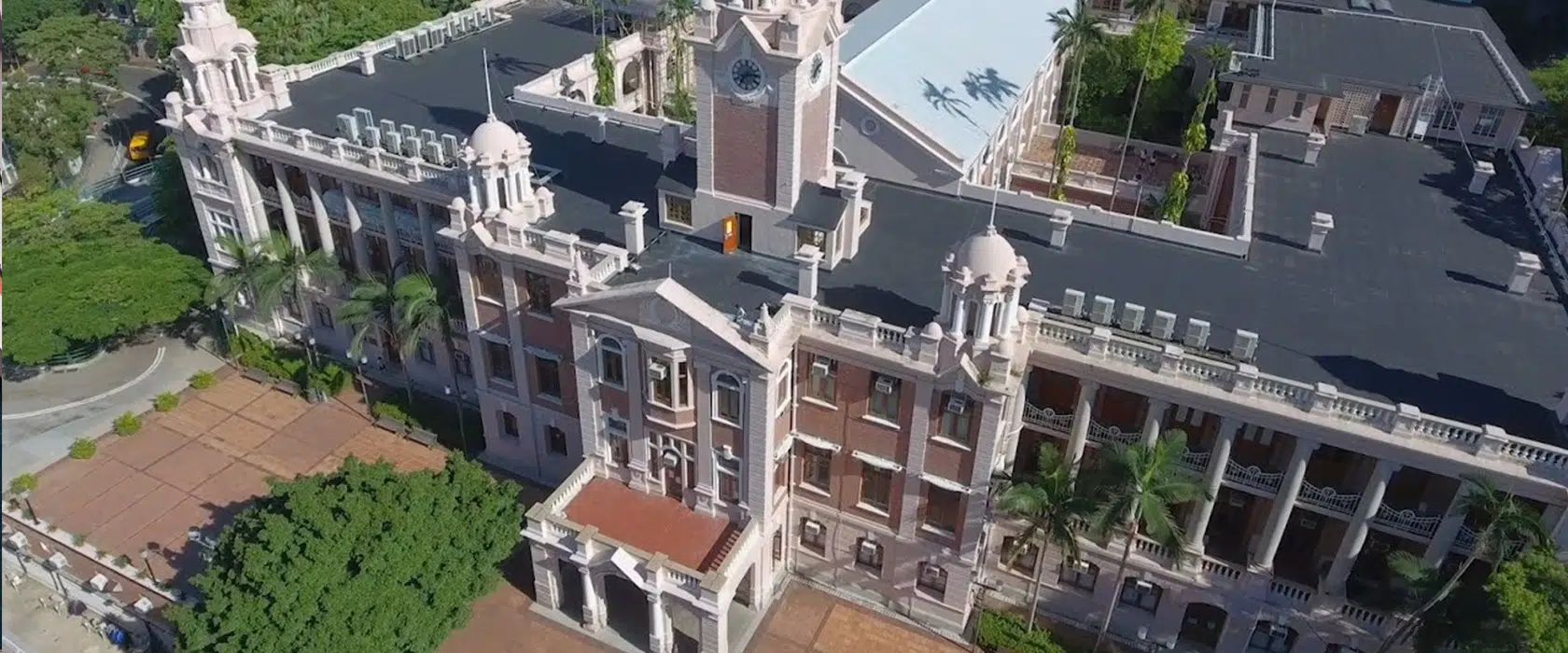
Tuition fees: 588,000 Hong Kong Dollars ($75K)
Class size: 89 students
Program duration: 12 months
Established in 1911, HKU is the oldest and most prestigious institution in Hong Kong. The Business School, which was named the best in Asia by the Economist Intelligence Unit for nine years from 2010 to 2018, provides a one-year intensive MBA in addition to its nine undergraduate and 16 postgraduate programs. Throughout the course’s main curriculum in economics, accounting, marketing, and other subjects, there are workshops devoted to improving the soft skills of MBA students. Building Your Leadership Presence and Personal Brand, as well as Business Communication and Presentation Skills, are among the topics covered in these seminars.
In conclusion, Asia has some of the world’s finest MBA programs that offer a unique learning experience with a global perspective. The region’s diverse cultures, economies, and business environments provide a stimulating environment for students to learn, grow and develop their skills. From the traditional business schools in Singapore to the innovative programs in China and Japan, Asia has a lot to offer for students looking to pursue an MBA degree. As the region continues to grow and evolve, its MBA programs are poised to produce some of the world’s most talented and innovative business leaders.
Where will you be applying? Tell us in the comments below.
Stay tuned to Brandsynario for more news and updates.







































